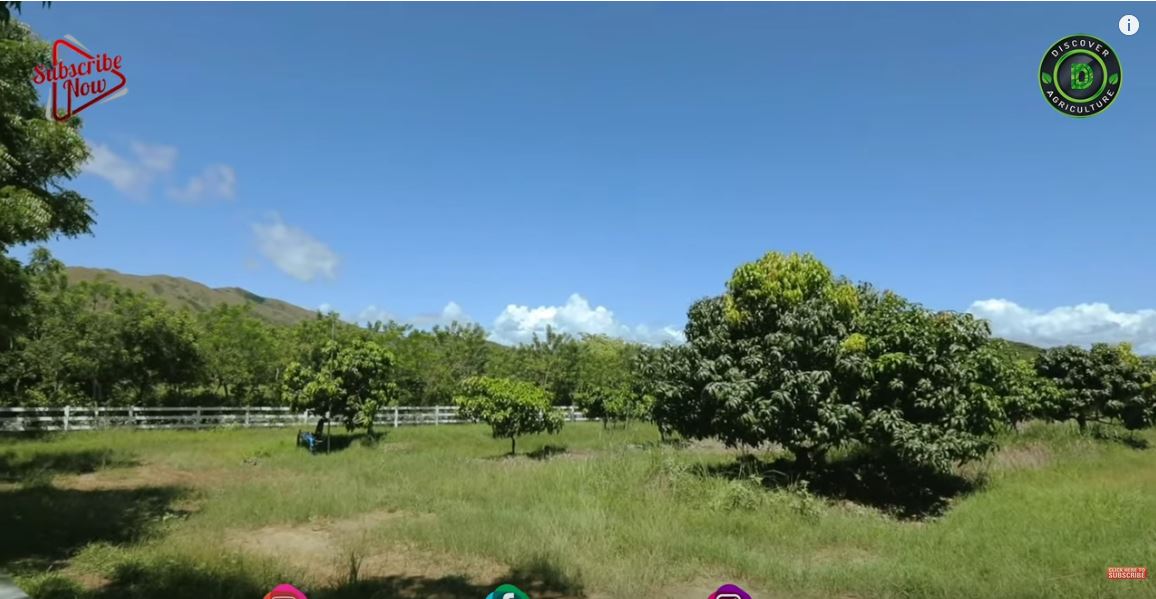»Neem Tree Farming | Agricultural and Health Benefits of Neem Tree«
Neem is a fast growing evergreen tree. Owing to its versatile characteristics, neem is rightly called the village pharmacy. Due to its excellent medicinal properties, neem tree is also called wonder tree.
Neem is found commonly in India and Indian sub continents. Trees can reach a height of 15-20 m and rarely 35-40 m. Neem generally performs well in areas with annual rainfall ranging from 400- 1200 mm. It thrives under hottest conditions but it cannot withstand freezing or extended cold. Neem grows on almost all kind of soils including clay and alkaline soils but does best on black cotton soils. It also grows well on some acidic soils. It is said that the fallen neem leaves which are slightly alkaline are good for neutralizing acidity in the soil.
Sowing and harvesting
The germination rate of neem varies between 15% in stored seeds and 85% in fresh seeds. To ensure a higher viability of seeds, the immediate sowing in the nursery is recommended. Pre-soak the seeds for 24 hours in cold water and sow in nursery beds made up of fine river sand.
Neem starts bearing fruits after 3-5 years and comes to full bearing at the age of 10-12 years. Fruit yield is 10-25 per kg per tree per year in the initial years. Mature tree produces 35-50 kg per year.
Neem seeds
Neem seed oil can be obtained by processing the neem seed kernels. It is a natural insect repellant, pesticide, fertilizer and skin care ingredient. Neem cake is the pulp left after extracting neem seed oil. It can be used as fodder for animals and as a soil amendment fertilizer.
Neem bark is used to clean teeth. It prevent bleeding gums, tooth decay and foul smell long. Neem bark, leaves or seed is also used in snake bites and scorpion stings and as antitussive in dry cough.
Neem leaves uses
Neem leaves are used in the treatment of chicken pox. To improve the immunity system neem leaves are also taken internally in the form of neem capsules. In high weather, neem leaves are used to cure neural muscular pains. Leaf paste and extracts are used in skin care products and hair oils.
The neem tree contributes to human and animal health, plant nutrition and growth and environmental conservation.



















